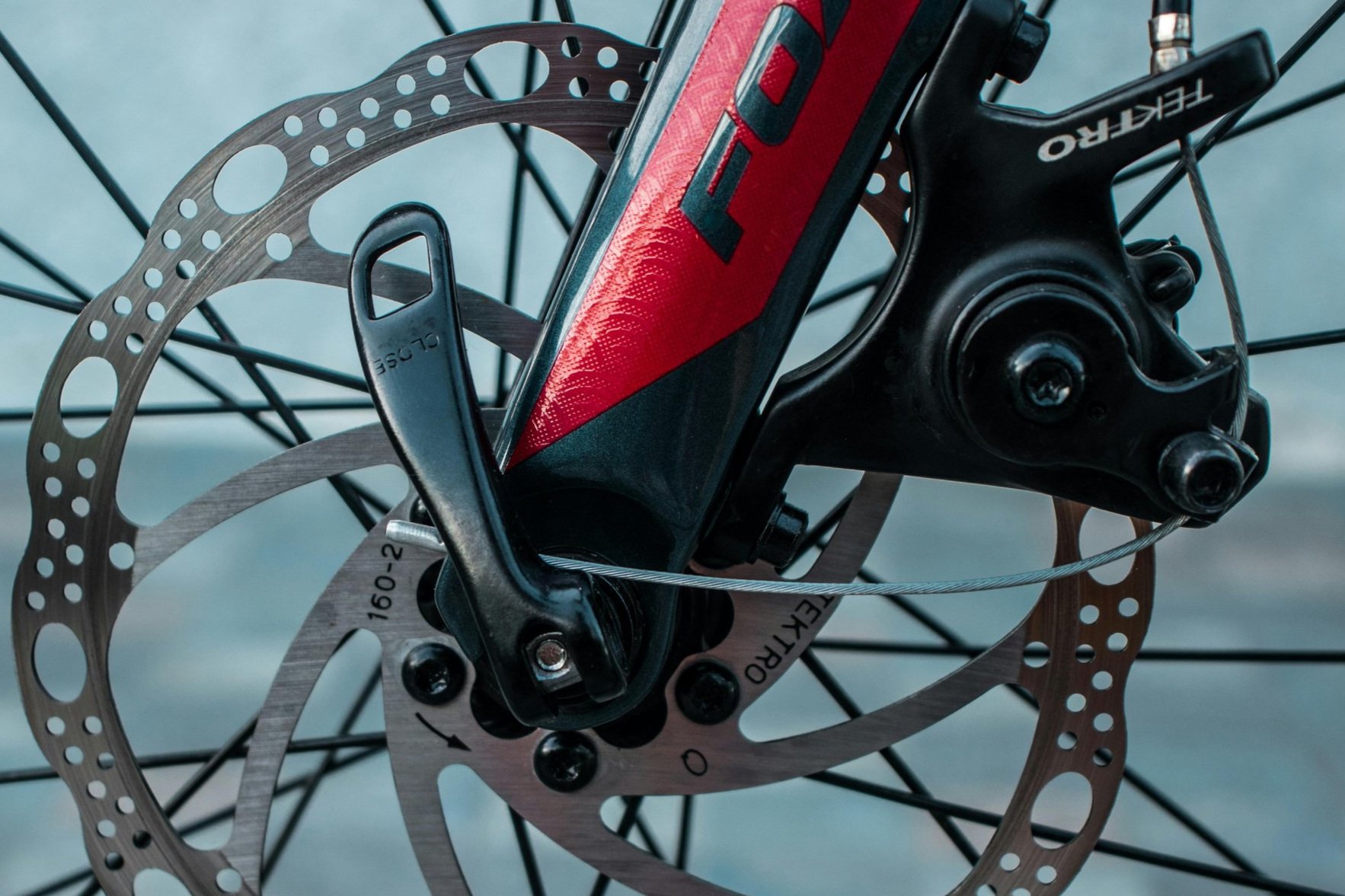Help Us Stop!
In the ebike world, so much focus is put on power and speed. Rarely, though, is there a focus on brakes.
Unlike automotive EVs that don't use their pads squeezing rotors much thanks to regenerative braking, ebikes not only use their brakes for all slowing/stops, they use them with far greater force than a traditional bicycle. Because ebikes are significantly heavier and go much faster than acoustic bikes, the stress on their brakes is exponentially higher.
This is why it is amazing that many ebike brands use cheap, cable-operated discs brakes with small rotors that weren't designed for a 50 pound bicycle going 28 miles per hour. Couple that with stretching cables and a lack of knowledge on how to adjust them—on this bike that was not purchased from a dealer—has created a generation of kids that have given in to dragging their feet to stop their ebike.
The industry has to take a greater responsibility with outfitting their bikes with better brakes that need little adjustment. Cable-operated discs shouldn't be allowed. There should be standards for hydraulic brakes with set rotor sizes based on the weight and speed of the bicycle.
Longstanding, major bicycle brands (Specialized, Trek, etc.) are not guilty of this. They have quality hydraulic brakes well suited to the weights and speeds of their ebikes. It is mainly the direct-to-consumer, lower-quality bikes that cut costs with cheap brakes.
To learn more about ebike disc brakes and how to maintain them, this is an excellent piece written by Randy Profeta of the American Bicycling Education Association, Inc.
We've given consumers more speed on heavier bikes. Let's give them the ability to stop as well.

